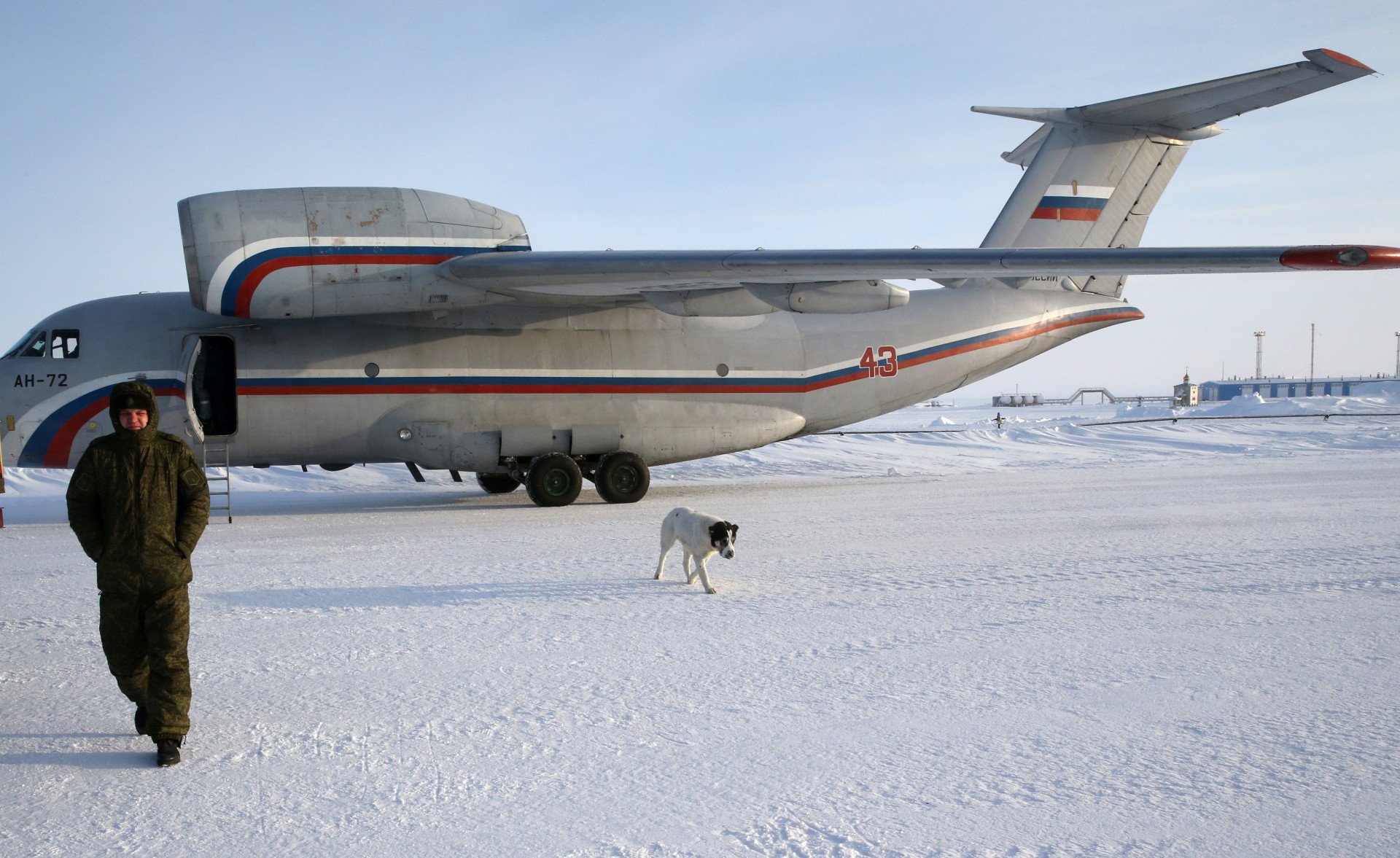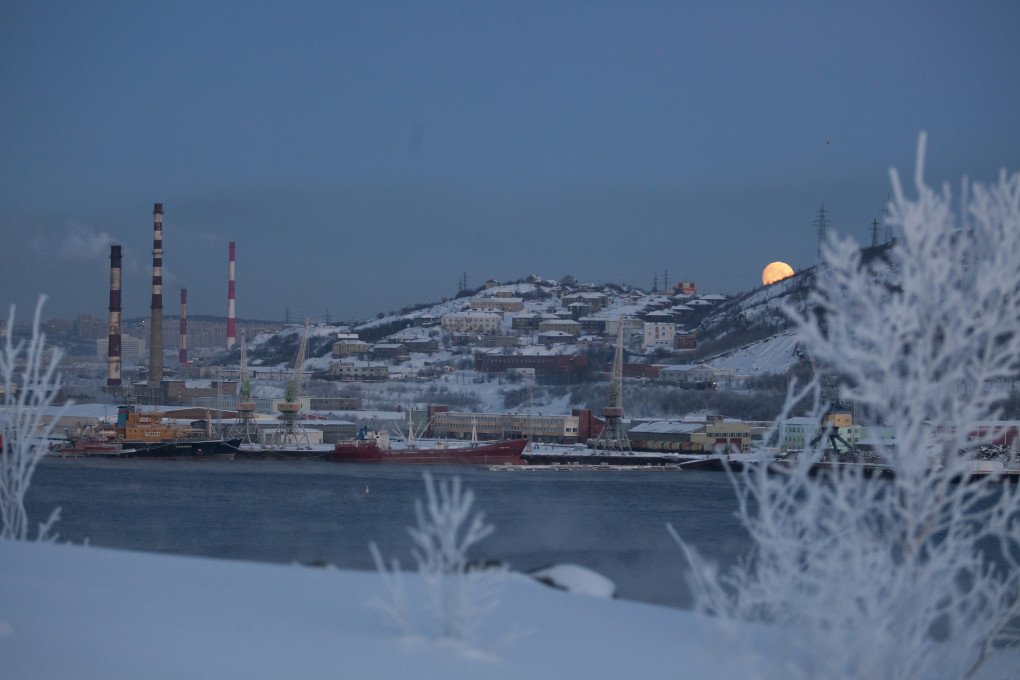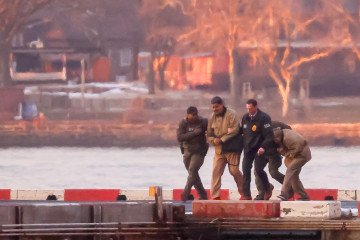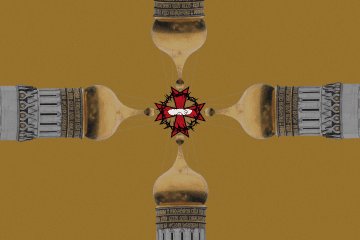- Category
- World
Russia Builds Arctic Military Empire Backed by Satellites, Drone Networks, and Sea Routes

Financial strains from its full-scale war in Ukraine haven’t stopped Russia from investing heavily in the Arctic. With one eye on natural resources and the other on military infrastructure development, the Kremlin is deepening its grip on a region it sees as strategically vital.
Russia is steadily expanding its military footprint in the Arctic. While these efforts are officially framed as resource-related expansion, they are in reality part of a broader militarization campaign, Ukraine’s Main Directorate of Intelligence (HUR) reports.
To avoid drawing attention, the operations are cloaked under scientific research, primarily led by Russia’s Arctic and Antarctic Research Institute. Though nominally a scientific institution, the HUR identifies it as a key component of a state-backed project combining resource extraction and military planning. Its goals include:
• Geological exploration of new oil and gas deposits;
• Ice condition analysis in the Northern Sea for shipping routes;
• Climate and oceanographic modeling through 2035 to support long-term regional exploitation.
These efforts serve a dual purpose, says HUR. Scientific expeditions carried out by the institute monitor water temperature, current strength, wind patterns, and forecast changes in ice cover—all of which are critical for both civilian use and military operations, including fleet navigation.

Russia’s ambitions for the region are vast. The Arctic is estimated to hold 412 billion barrels of oil and gas—about 22% of the world’s undiscovered reserves. Under decades-old international agreements, Russia aims to expand its share of the Arctic, securing greater control over trade routes and resource-rich territories.
The Northern Sea Route is especially important logistically. It offers the shortest passage from Asian ports to Europe—18 days compared to 35 via the Suez Canal. As Yemeni Houthis continue to disrupt maritime routes near the Suez, the Arctic route appears safer to some, even though it hugs Russia’s 14,000-mile (24,000-kilometer) military-laden border.
Russia dominates the Arctic shipping lanes with the world’s largest icebreaker fleet and remains the only nation operating nuclear-powered icebreakers: over 50 in total, more than ten times the number possessed by any other country. While the Kremlin promotes trade and collaboration, it is simultaneously preparing for war.
Military infrastructure in the Arctic
Moscow is actively militarizing the region, HUR reports. Russia’s war in Ukraine has underscored the strategic importance of autonomous, decentralized, and mobile communications—something Russian forces lacked in early 2022, leading to chaos. Ukrainian forces, in contrast, adapted quickly using Starlink terminals.
One key focus for Russia is now communication. Along its northern border, Russia is installing satellite communication systems that could coordinate operations of its Northern Fleet and support drone activity in the Arctic. This initiative includes efforts by various research institutes to develop domestic systems independent of Western components—essentially a Russian version of Starlink.
At the same time, Russia is expanding its regional military forces: constructing new nuclear submarines capable of carrying nuclear weapons, building infrastructure, and adapting weapons for the Arctic’s extreme cold.
As global attention remains centered on war in Ukraine and the Middle East, Russia is acting with minimal scrutiny in the north. There is growing discussion about Moscow’s interest in the Svalbard archipelago as a strategic target.
The war in Ukraine has shown that Russia rarely acts without purpose. In 2021, it stationed 200,000 troops near Ukraine under the pretext of military exercises—months later, Russia invaded. Today, Russia is building new bases near the Finnish border, conducting drills near the Baltic states, and constructing military infrastructure in the Arctic. And where Russia sees interest, it prepares for war.
-050b2b5554ed561c87f909a001f905b9.png)
-29a1a43aba23f9bb779a1ac8b98d2121.jpeg)

-c9be02aad2c169e14ebc2a41d0ba02dc.jpg)
-605be766de04ba3d21b67fb76a76786a.jpg)
-56e0bfa71829348120777fba0ad5ba46.png)


-46f6afa2f66d31ff3df8ea1a8f5524ec.jpg)